6. Ephemera
Approximate
Website
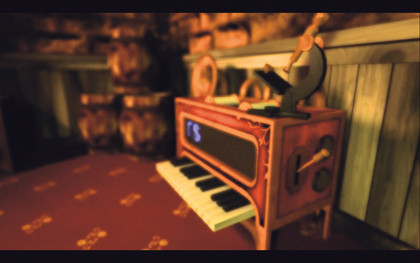
The developers say that it took them three days with virtually no sleep (complete with "six pizzas, 150 cans of lager and a broken festival chair") to complete the Ephemera intro in time for the Sundown 2009 party.
The intro contains a number of steampunk inspired sequences backed by cool ambient beats. Opening in an observatory, it features rooms filled with scientific ephemera.
The executable is just 62kB and ships without any extra libraries or media files. All the developers' hard work must have paid off because Ephemera took the combined 4kB/64kB PC intro category at Sundown 2009.
7. Rupture
Andromeda Software Development
Website
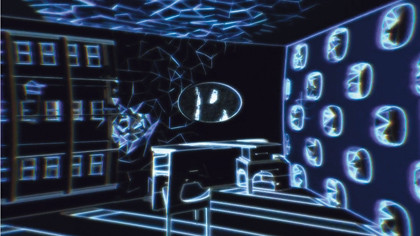
For those without the necessary hardware to run this demo in all its glory, the link above will show why Rupture won the Public Choice award at the 8th Annual Scene.org Awards in April.
It begins in a city with a neon Tron-like feel to it. A motorbike suddenly appears and literally burns up the road as it passes through the city, tearing through buildings and lorries. The action then follows a juggernaut as it too races through the city.
Get daily insight, inspiration and deals in your inbox
Sign up for breaking news, reviews, opinion, top tech deals, and more.
The demo continues with various modes of transport, including a speedboat. Buildings shatter into fragments and everything is lovingly rendered in seriously smooth 3D.
8. Mescaline Synesthesia
Demarche
Website
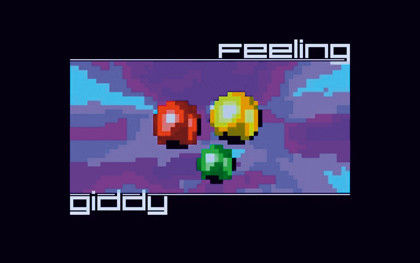
Mescaline Synesthesia shows that you don't need the latest PC and graphics card at your disposal to create compelling demos. Written for the Sinclair ZX Spectrum models 128 and Plus2, the ZIP file includes a some handy emulators to run the demo.
The demo has a decidedly old-school rave feel about it, as does the music. It takes the viewer through the effects of mescaline at a rate that would leave '80s computing enthusiasts gasping at the power of their machine.
This is a clever demo written on hardware most people wrote off years ago.
9. Atari ST B.I.G. Demo
The Exceptions
Website
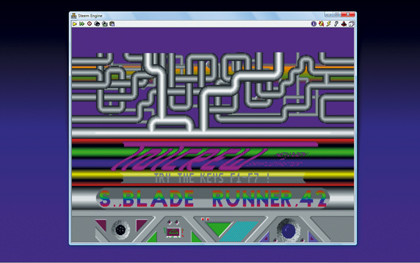
For some people, the B.I.G demo – created by German demo group The Exceptions (often abbreviated to 'TEX') – still represents a breakthrough in demo design. TEX is regarded as the group that really kick-started the demo scene for the Atari ST.
The demo B.I.G. (short for Best in Galaxy) was released in January 1988. B.I.G. is freely available as a disk image file for downloading from Atari Mania (see link above). It runs with most emulators including Steem, which is free.
Follow the beginner's instructions on the Steem site to add the ST's original boot ROMs and put the demo's image file into Steem's virtual disk space.
So, what exactly is B.I.G.? Running it in 2010 is like stepping into a primitive past where the only waveform available for music making is a fluty square wave and the colours are bright and acidic. It combines the themes of music and scrolling from TEX's previous work and creates a jukebox of over 100 tunes to scroll through, all originally written by Robb Hubbard for Commodore 64 games and ported to the Atari ST by German computer musician and TEX member Jochen Hippel.
The demo opens with a grey screen featuring several scrolling sections, including the ubiquitous text and rainbow colours. Pressing keys [1], [2] or [3] puts the demo into one of three 'Psych-o-screen' modes. These feature several demonstrations of graphical effects that were very impressive back in the day.
It's still unusual for a demo to be interactive. A major theme running through all the effects is that of text scrolling behind other objects. This soon became a standard show of programming prowess.
Other groups, such as The Carebears (TCB), also began making Atari demos in 1988, and it's arguable that their action-packed, games-oriented style eventually eclipsed B.I.G.
On running B.I.G today, the first surprise is its apparent primitiveness, but that's really just a culture shock. The second surprise is the realisation of how difficult it must have been to code anything. There were no integrated programming environments back in 1988, and most home computers had a single floppy disk drive. Programming anything meant pretty serious dedication to the machine's manual, and speed of execution meant resorting to assembly language.
10. State of the Art
Spaceballs
Website
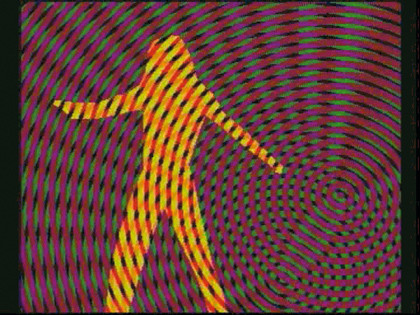
It was perhaps the Amiga more than any other platform that led some demo makers away from trying to impress their peers and towards slicker, design-led demos. Reliving their heyday can be difficult: Commodore still owns the copyright to AmigaDOS, and so unlicensed copies are illegal.
However, Fraser King maintains a small archive of videos, and of course YouTube has plenty more.
Among the first and most popular of 1992's Amiga demos was State of the Art by Spaceballs. This demo sparked controversy because of the way it was made. The Spaceballs team realised that 2D images could be captured from video as vector graphics, which could then be played back and manipulated by a computer.
They recorded a woman dancing, took coordinates from the video and created an animated silhouette of her. That, in essence, is State of the Art, plus a few trippy visuals and some suitably loved-up beats. The response from sceners was nothing short of outrage.
"He should get himself a video camera and make music videos. Nothing is real-time in this prod… If you like it, watch MTV, you will get something better," wrote one in the fanzine RAW. Even so, in 1992 State of the Art won a prize at a major Swedish demo party.
Team member Lone Star said at the time: "I wanted to make a totally different demo, which I knew was possible when using my new [software]. This demo had a new different style, and it was a demo that all kinds of Amiga-owners would enjoy, not only the coders."
At the time, Amiga sceners were used to the scrolling, rainbow-hued technical wizardry of the Enigma demo by Swedish sceners Phenomena.
By contrast, State of the Art seemed to be nothing more than a database of pre-computed coordinates and dumb code that took the next frame's coordinates, drew the outline of the captured image from them, filled it in and occasionally morphed one set of coordinates into another. If the people who objected did so fearing that the demo style they loved was under threat, they needn't have worried.
The subsequent proliferation of demo parties and continued existence of technical competition categories shows that there's room for both design-led demos as well as overt programming wizardry. The most popular are those that do what Lone Star set out to achieve: mix technical skill with design flair.